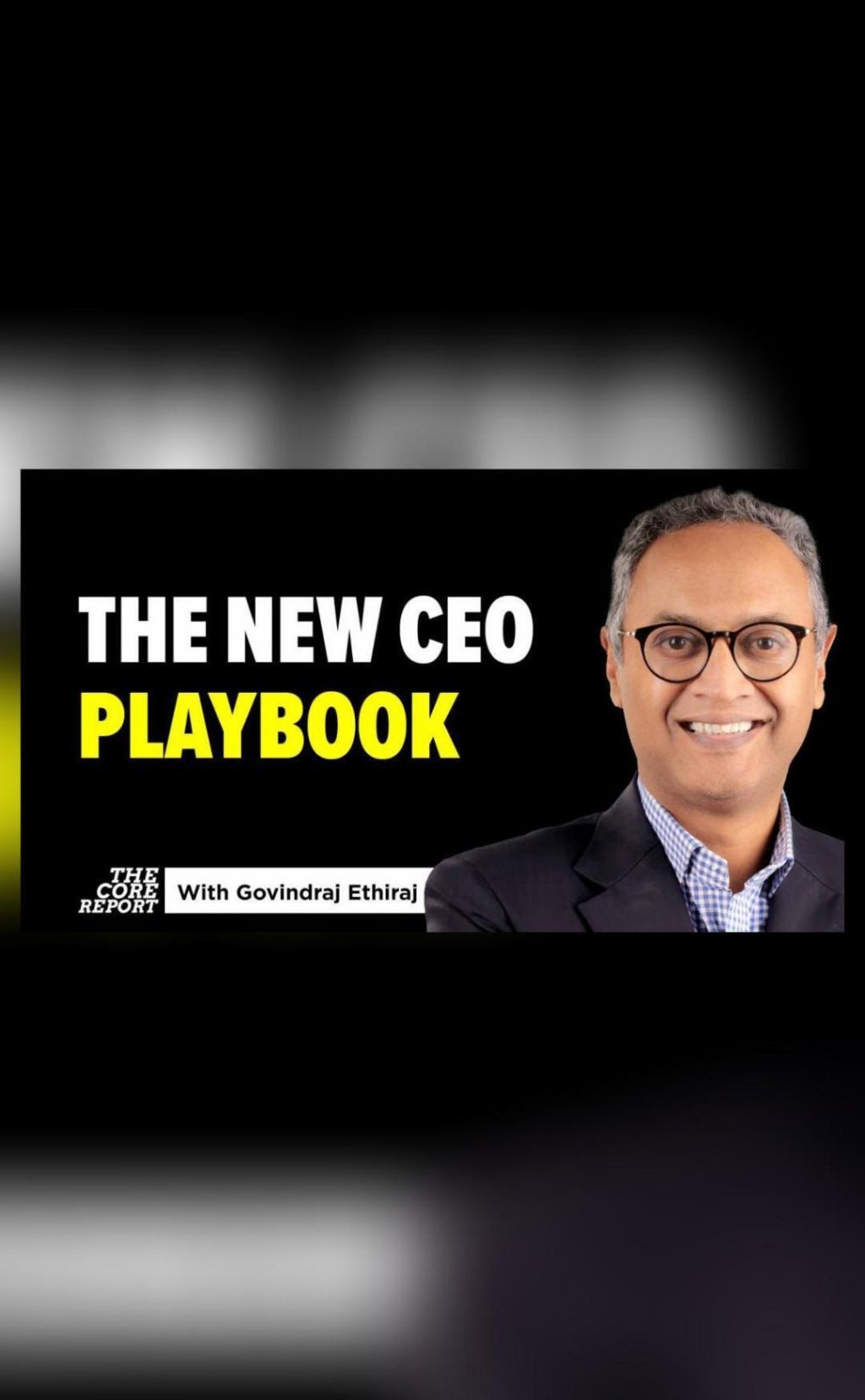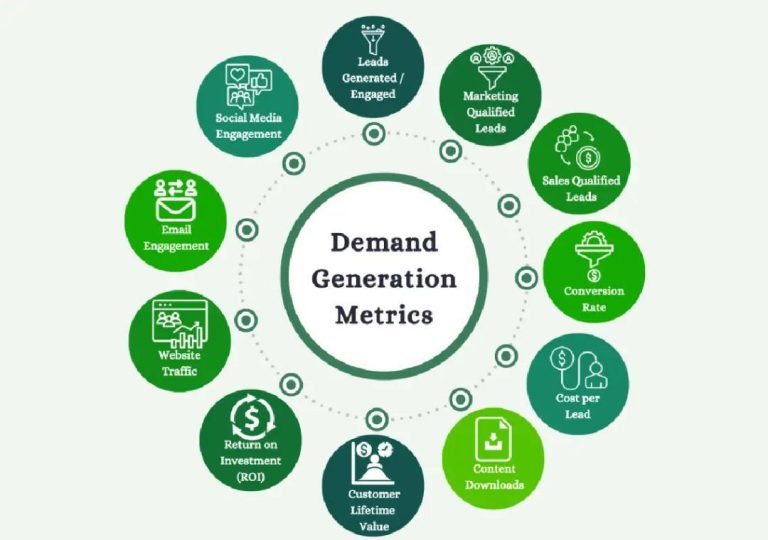
The New CEO Playbook: AI Pressures & Global Tariff Shocks
As the CEO of a global organization, you’re no stranger to navigating complex challenges. But in today’s fast-paced, increasingly volatile business landscape, the stakes have never been higher. Artificial intelligence (AI) is reshaping industries, and global tariff shocks are disrupting trade patterns. The pressure to automate, innovate, and adapt has never been more intense.
In this blog post, we’ll explore the new CEO playbook for success in this rapidly changing environment. We’ll examine the internal and external pressures that CEOs are facing, and provide guidance on how to rethink strategy and operations to stay ahead of the curve.
Internal Pressures: The AI Imperative
The rise of AI is transforming industries at an unprecedented pace. From customer service chatbots to predictive analytics, AI is changing the way businesses operate, interact with customers, and make decisions. As a result, CEOs are under pressure to lead the charge in adopting AI technologies, or risk being left behind.
But AI adoption is not without its challenges. Integrating AI into existing systems, ensuring data quality, and addressing employee concerns about job displacement are just a few of the hurdles that CEOs must overcome. Moreover, AI is not a one-time implementation – it requires ongoing investment, training, and iteration to stay competitive.
To succeed, CEOs must prioritize AI adoption, but also ensure that it aligns with their company’s overall strategy and values. This means investing in AI training for employees, building AI-enabled products and services, and fostering a culture of innovation and experimentation.
External Pressures: Global Tariff Shocks
In addition to internal pressures, CEOs are also facing external challenges posed by global tariff shocks. The ongoing trade tensions between the US, China, and other major economies have created uncertainty and instability in global supply chains, trade patterns, and investment flows.
For CEOs, the implications are far-reaching. Companies must reassess their global supply chain strategies, consider alternative sourcing options, and prepare for potential tariffs and trade restrictions. Moreover, the ongoing uncertainty has made it difficult for businesses to plan for the future, as trade policies continue to shift and evolve.
To mitigate these risks, CEOs must be agile and adaptable, with the ability to pivot quickly in response to changing trade policies. This means building diverse supply chains, investing in local production, and developing contingency plans for potential disruptions.
Rethinking Strategy and Operations
In the face of internal and external pressures, CEOs must rethink their strategy and operations to stay ahead of the curve. Here are a few key considerations:
- Localize and Adapt: As global trade patterns shift, companies must adapt their strategies to local markets and economies. This means investing in local production, talent, and innovation, and building strong relationships with local customers and partners.
- Innovate and Experiment: In a rapidly changing environment, innovation and experimentation are essential. CEOs must encourage a culture of innovation and experimentation, and provide resources and support for employees to develop new products, services, and business models.
- Build Resilience: With global trade uncertainty, companies must build resilience into their operations. This means investing in supply chain diversification, developing contingency plans, and fostering strong relationships with suppliers and partners.
- Prioritize Employee Development: As AI reshapes industries, employee skills and training are critical. CEOs must prioritize employee development, investing in AI training and upskilling programs to ensure that employees are equipped to succeed in a rapidly changing environment.
Conclusion
The new CEO playbook for success in today’s rapidly changing environment is clear: prioritize AI adoption, localize and adapt to changing trade patterns, innovate and experiment, build resilience, and prioritize employee development.
As CEOs navigate these unprecedented challenges, it’s essential to remain agile, adaptable, and open to change. By rethinking strategy and operations, companies can not only survive but thrive in this new landscape.
Watch the full video on this topic: https://youtu.be/0osLVVtj7tY
Source: https://youtu.be/0osLVVtj7tY






